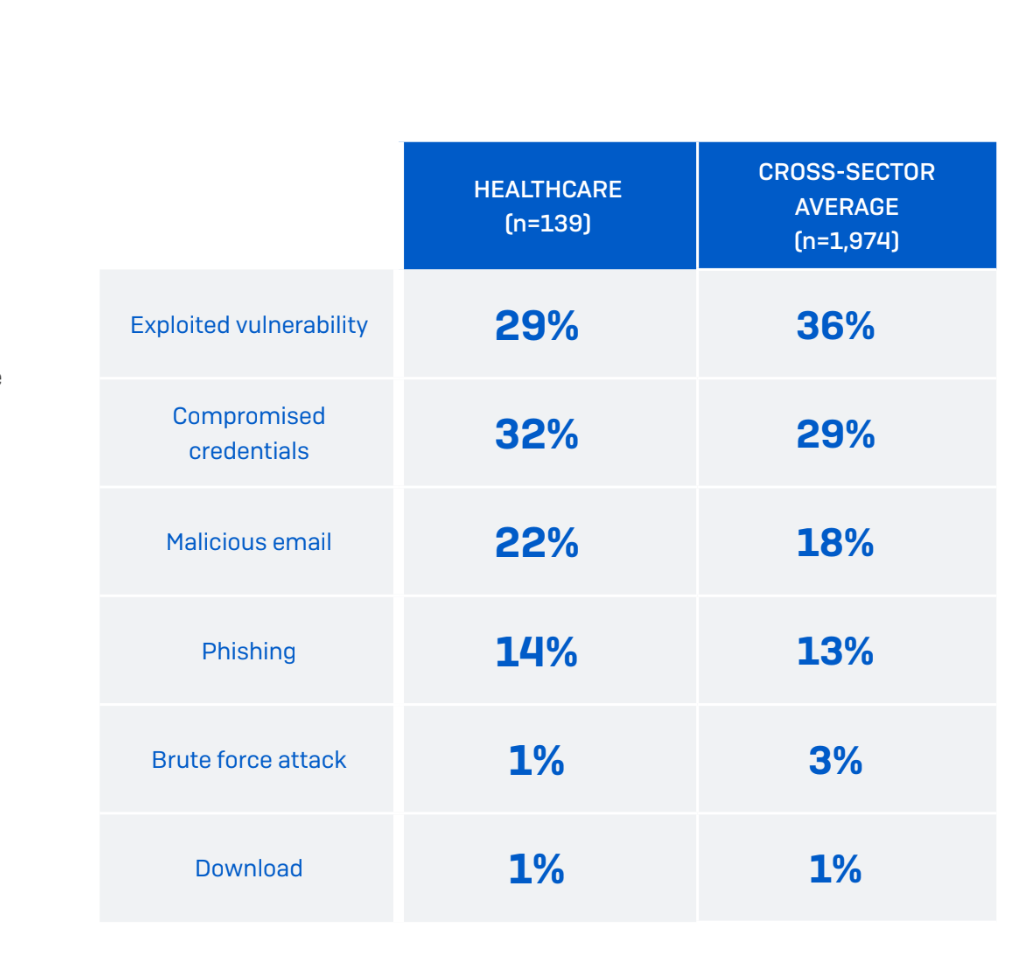What You Should Know:
- Ransomware attacks are a growing threat across all industries, but the healthcare sector is facing a particularly alarming surge in these incidents, according to new data from SafetyDevices.
- New data reveals a concerning trend of increased attacks on healthcare providers, raising concerns about patient safety, data security, and the financial stability of healthcare organizations.
Healthcare: A Prime Target for Cybercriminals
Healthcare services are
Read More
Ransomware Attacks
UnitedHealth Faces New Ransomware Threat After Alleged $22M Payment Failure
What You Should Know:
- UnitedHealth Group is embroiled in a new ransomware saga, just as it recovers from a February attack, according to a blog post from threat intelligence firm SOCRadar.
- A hacking group called RansomHub claims to possess 4 terabytes of stolen data from UnitedHealth's subsidiary, Change Healthcare and is demanding a ransom to prevent its release.
RansomHub's Demands and Allegations
This data supposedly includes the personal details and medical records of
Read More
75% of Healthcare Organizations Hit by Ransomware Attacks, Sophos Survey Finds
What You Should Know:
- Cybercriminals have been highly successful in their ransomware attacks on healthcare organizations, according to a new survey conducted by Sophos. “The State of Ransomware in Healthcare 2023, report reveals nearly 75% of the surveyed healthcare organizations reported that their data was successfully encrypted by the attackers.
- In addition, only 24% of healthcare organizations were able to disrupt a ransomware attack before the attackers encrypted their
Read More
How Healthcare Providers Can Bolster Cybersecurity Defenses and Protect Patient Data
In IBM’s 2022 Cost of a Data Breach report, the company revealed that the global average cost of a data breach was $4.35 million. In the healthcare sector, however, that number skyrocketed to $10.1 million. Why is an attack on a healthcare organization so much more costly? While part of this comes down to the fact that healthcare organizations often have big budgets, and so might be able to pay big ransoms, the biggest part of the answer is consequences. In there, real lives are at stake. Downed
Read More
Healthcare Considerations: Addressing Cyber Risk in the Healthcare Industry
In 2020, the Dental Care Alliance (DCA) experienced a significant cyberattack on its systems, which lasted approximately an entire month. This gave the threat actor an extended period to compromise the healthcare organization’s servers and extract the private and confidential information of around one million patients.
This is just another example of how vulnerable the healthcare industry is to cyber criminals looking to exploit security weaknesses. Healthcare organizations are prime targets
Read More
The Health Data Interoperability Highway Is Coming. Is Your Organization Ready?
Not many of us remember a time when there weren’t interstates widely available to help us get to where we need to go. Winding roads and sleepy towns can be nostalgic, but they’re not great time savers when time is of the essence.
At a macro level, The Trusted Exchange Framework and Common Agreement (TEFCA) promises to be the interoperability superhighway for healthcare data, speeding information on patients from care facility and care provider — regardless of location or healthcare entity —
Read More
Cybersecurity: Is SOC2 Worth The Hype for Healthcare Organizations?
The healthcare industry has always been a prominent target for cybercriminals worldwide. They can access high-value patient PHI/PII data and use it maliciously to disrupt the patient’s treatment routine and bring down uptime, which is critical. It has repercussions on patients, doctors, hospitals, and everything associated with the healthcare ecosystem.
Information security is a reason for concern for all organizations, including those that outsource key business operations to third-party
Read More
Security and Compliance Oversight Will Reduce Business Communication Risk for Healthcare in 2023
Cyber attacks on healthcare organizations are by no means just as simple as hackers going after healthcare data for the sake of obtaining critical data of patients, their families, or the organization's employees. A growing number of these attacks are executed by nation-states and other organized criminal organizations, which have the financial resources and the expertise to launch ever-more sophisticated and costly assaults against these organizations. Some of these attacks have been traced
Read More
Protecting AI’s Boundless Potential in Healthcare
Artificial intelligence can do amazing things for patients, providers and the healthcare business — but only if the right cyber safeguards are in place.
For more than a decade, a cybercrime syndicate known as Evil Corp has tormented organizations around the world with malware and ransomware attacks. And now, it seems, the group has designs on healthcare companies.
“Evil Corp should be considered a significant threat to the U.S. health sector,” the Health Sector Cybersecurity
Read More
Why Security Misconceptions Are Threatening Healthcare Systems’ IoT Devices
Hospitals and other critical healthcare systems face skyrocketing risks as ransomware attacks—which most commonly target IoT devices—continue to escalate. In 2021 alone, IoT ransomware attack incidents targeting healthcare organizations increased by 123%.
While most healthcare systems have a healthy respect for the importance of securing the myriad Internet of Medical Things (IoMT) devices humming within their facilities, many harbor misconceptions that hamper their abilities to
Read More










